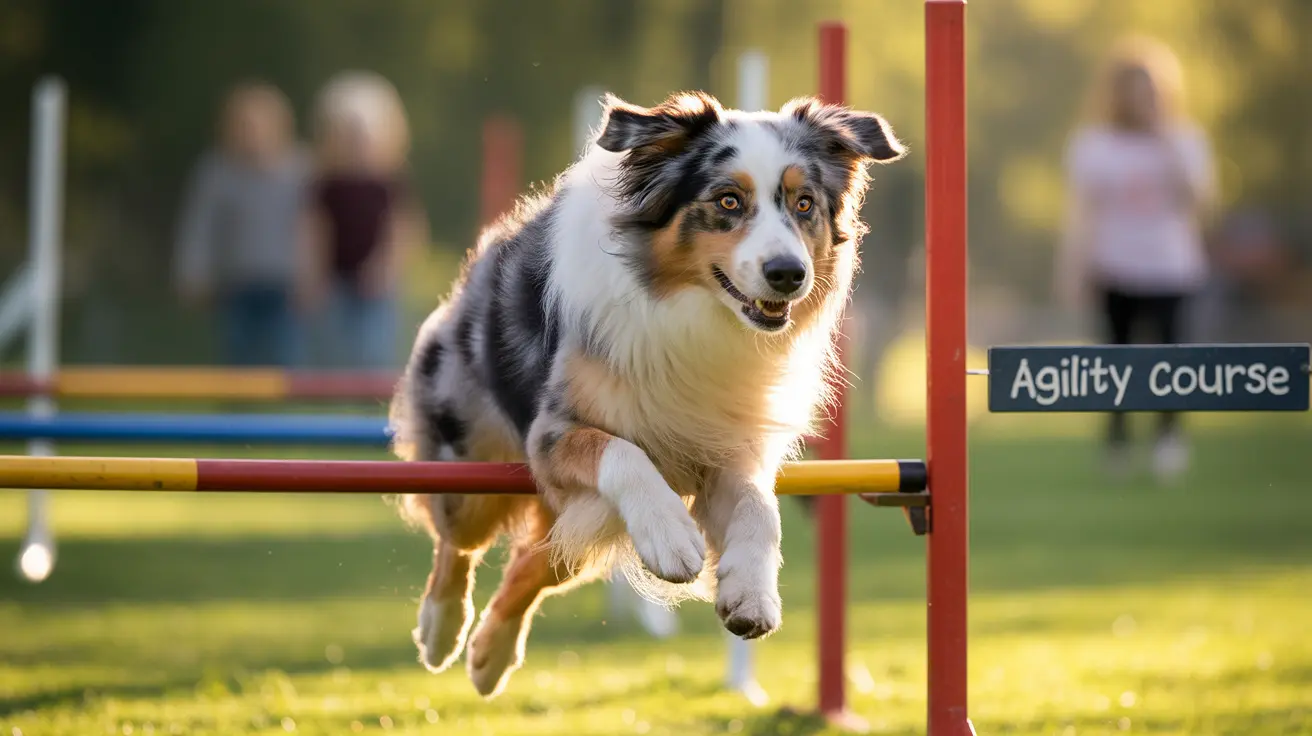Many dog owners wonder if their energetic 2-year-old pet is still considered a puppy. While your furry friend may still exhibit playful behaviors, from a biological standpoint, a 2-year-old dog has typically reached adulthood. Let's explore the fascinating transition from puppyhood to adulthood and what it means for your canine companion.
Physical Maturity and Development
By age two, most dogs have completed their physical development. Small breeds generally mature faster, reaching full size by 9-12 months, while medium breeds typically finish growing between 12-15 months. Large and giant breeds may take up to 24 months to reach their full physical potential.
- Achieved their adult height and weight
- Developed all permanent adult teeth
- Established stable muscle mass and bone structure
- Completed sexual maturity
Behavioral Development in Young Adult Dogs
While physical growth may be complete, behavioral maturation can continue well into the second year of life. Many owners notice significant changes in their dog's temperament and behavior between ages one and two:
Emotional Maturity Signs
- Increased focus and attention span
- Better impulse control
- More consistent response to training
- Established sleep patterns
- Decreased destructive behaviors
Training and Exercise Needs
Two-year-old dogs require different training approaches compared to puppies. Their increased attention span and physical capabilities make them excellent candidates for advanced training and activities:
- Advanced obedience work
- Agility training
- Sport-specific activities
- Extended exercise sessions
- Mental enrichment games
Breed-Specific Considerations
Different breeds reach maturity at varying rates, which affects both physical and behavioral development:
Small Breeds (Under 20 pounds)
- Reach adulthood around 9-12 months
- Often maintain high energy levels throughout life
- May appear "puppy-like" due to size
Large and Giant Breeds (Over 50 pounds)
- Continue physical development until 18-24 months
- May show delayed emotional maturity
- Often maintain puppy-like behaviors longer
Health and Care Requirements
At age two, your dog's care needs shift from growth support to maintenance:
- Transition to adult dog food
- Established exercise routines
- Regular veterinary check-ups
- Dental care maintenance
- Weight management
Frequently Asked Questions
Is a 2-year-old dog still considered a puppy?
No, a 2-year-old dog is not technically a puppy but rather a young adult. While they may still display playful behaviors, they have completed their physical development and are considered mature dogs.
How do breed and size affect a dog's transition from puppyhood to adulthood?
Smaller breeds mature faster, typically reaching adulthood by 9-12 months, while larger breeds may take up to 24 months to fully mature. Giant breeds might continue filling out even after their second birthday.
What are the key behavioral changes to expect in a dog transitioning from adolescence to adulthood?
Key changes include improved focus, better impulse control, more consistent obedience, established routines, and decreased destructive behaviors. However, individual personalities still play a significant role.
How should I adjust my dog's diet and exercise routine after they reach two years of age?
Switch to adult dog food, maintain regular exercise routines based on breed and energy levels, and focus on maintaining a healthy weight through portion control and appropriate activity levels.
Why do some dogs still behave like puppies even after reaching adulthood?
Some dogs maintain puppy-like behaviors due to their individual personality, breed characteristics, or level of mental stimulation. This doesn't mean they're still puppies; it's simply part of their adult character.
Conclusion
While your 2-year-old dog may still exhibit playful, puppy-like behaviors, they are firmly in their adult years. Understanding this transition helps provide appropriate care, training, and expectations for your young adult dog. Remember that each dog is unique, and while age is a useful guideline, individual personality and breed characteristics play significant roles in their development.






